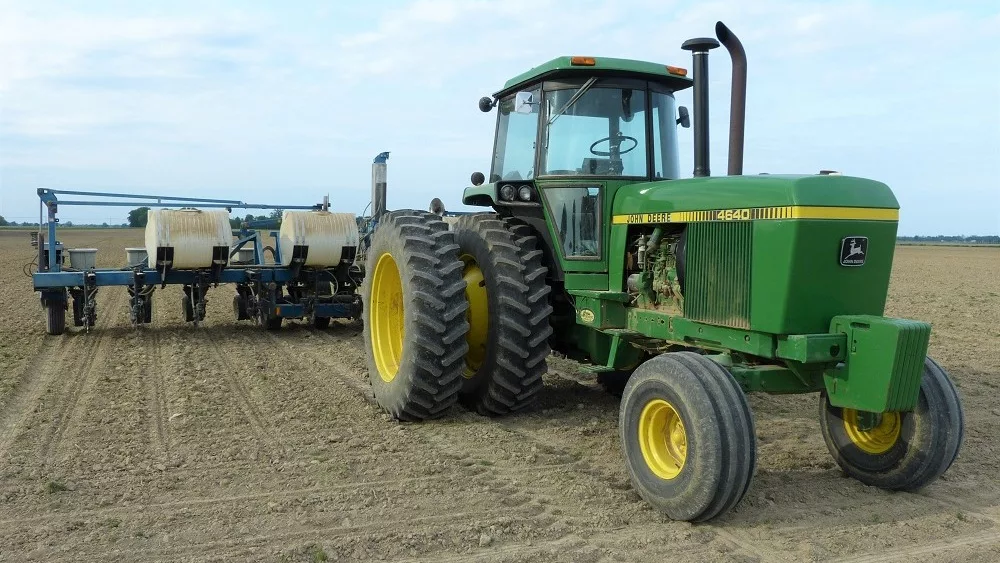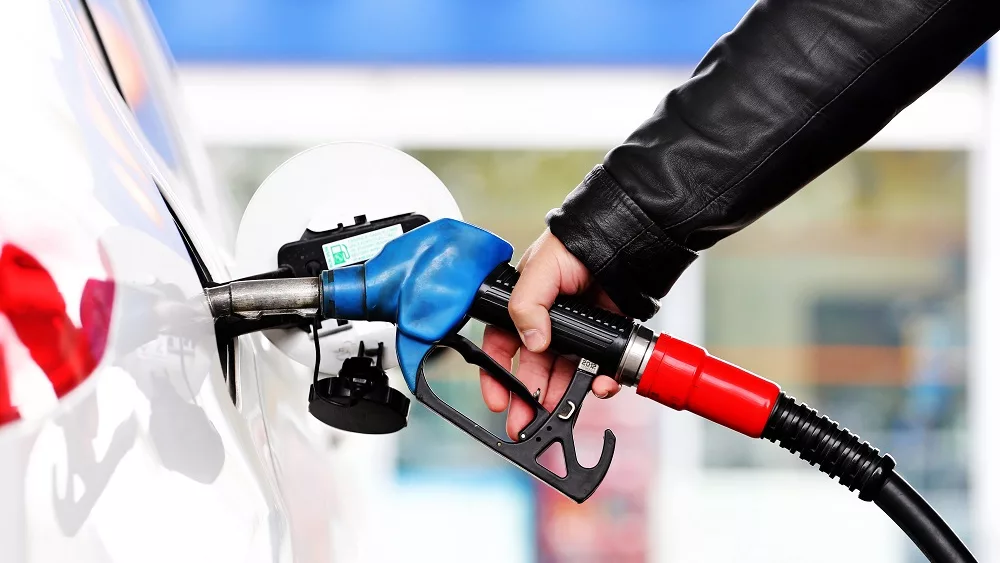Additional details are starting to come into focus since USDA unveiled the much-anticipated Coronavirus Aid, Relief, and Economic Security Act (CARES Act) assistance package for agriculture, officially known as Coronavirus Food Assistance Program (CFAP) late on April 17.
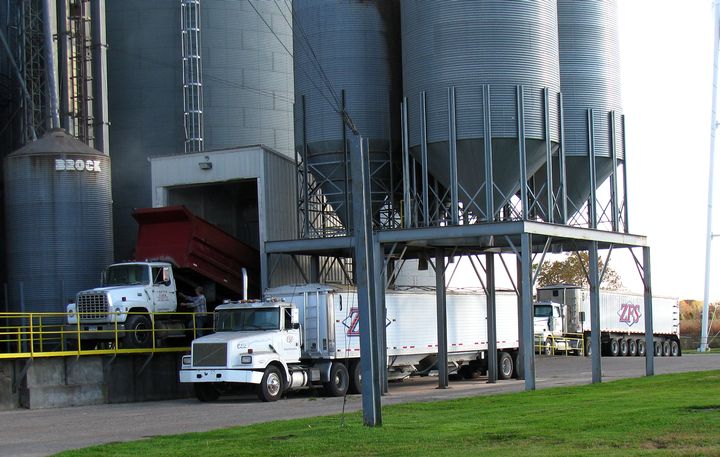
To qualify for a CFAP payment, a commodity must have declined in price by at least 5% between Jan. 1, and April 15. Unfortunately, AFBF Chief Economist Dr. John Newton, doesn’t expect that to be a problem, with the exception of wheat. Market hogs lead the livestock sector, with a 53% price decline, while corn and soybeans posted 20% and 13% market price declines respectively for the period. | Courtesy photo
CFAP consist of $16 billion in direct payments to farmers and another $3 billion in USDA food product purchases for distribution, according to American Farm Bureau Federation Chief Economist, Dr. John Newton.
An additional $14 billion, used to replenish Commodity Credit Corporation, will be available in July, says Newton, which will assist producers grappling with struggling markets.
“Commodity prices across the board have been significantly impacted as a result of the economic consequences of social distancing and the closing of non-essential businesses, especially the full or partial shuttering of the retail, food service and restaurant sectors,” Newton said.
March, Census Bureau data, says Newton revealed grocery store sales were at a record $73 billion, while sales in food service and drinking establishments declined by 25% year-over-year to $50 billion.
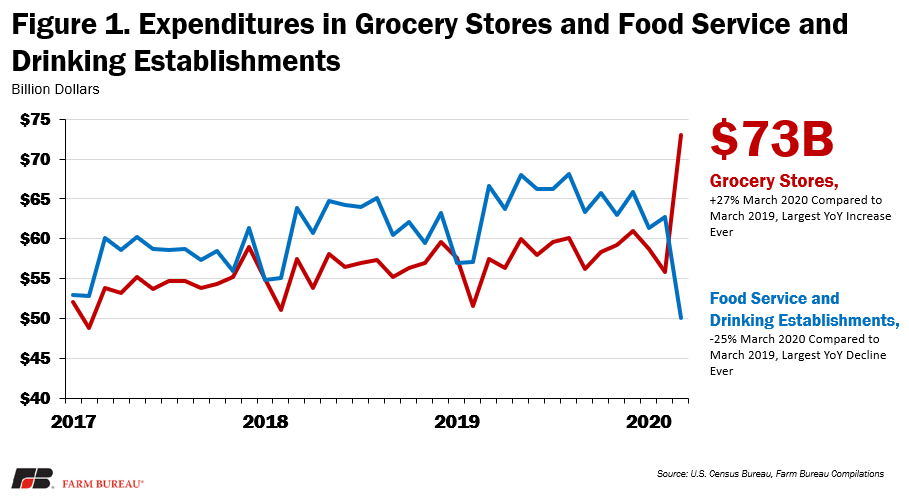
Direct Payments to Producers
The $16 billion in direct producer payments is intended to financially assist producers with additional adjustment and marketing costs resulting from lost demand due to COVID-19, according to Newton.
“The payments will be coupled to actual production and based on actual losses agricultural producers experienced in response to price declines and supply chain disruptions, i.e., sales of commodities impacted by COVID-19,” Newton explained. “To qualify for a payment, a commodity must have declined in price by at least 5% between January and April.”
Newton said most agricultural products will qualify quite easily in meeting the 5% price decline threshold.
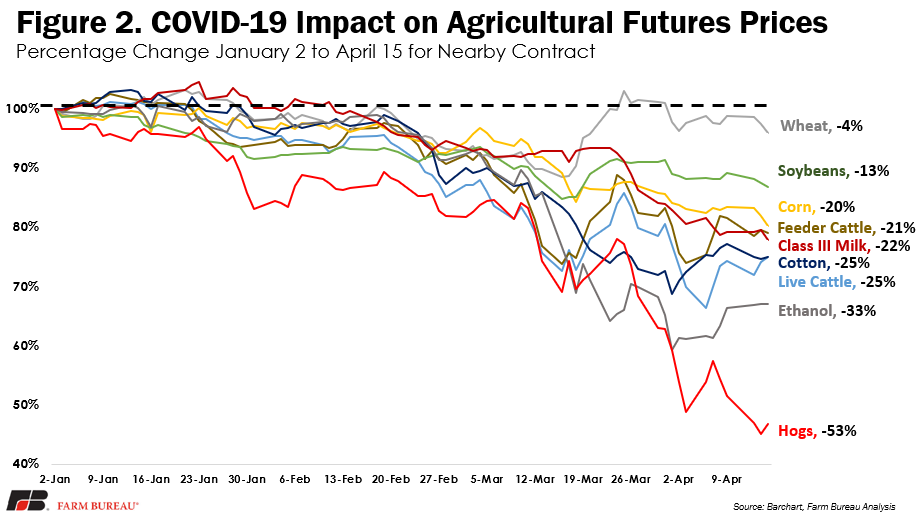
Of the $16 billion provided for direct payments to producers, Newton said it’s been reported that $9.6 billion is directed toward the livestock industry, e.g., cattle, dairy and hogs; $3.9 billion is for producers of row crops, such as cotton; $2.1 billion is for specialty crop producers; and $500 million is for other crops. USDA has yet to confirm this distribution of funding.
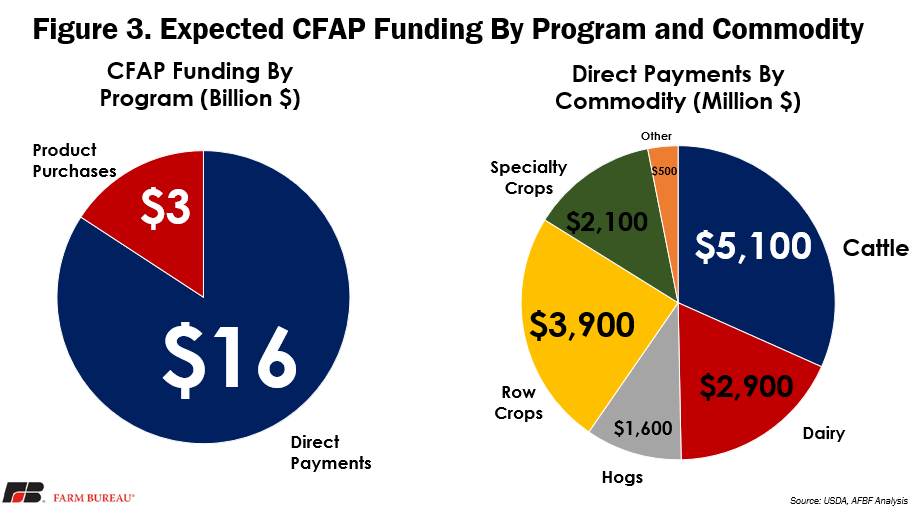
“USDA has disclosed the payments are determined using two calculations,” Newton explained. “One part of the payment will be determined from price losses that occurred January 1 through April 15 — producers will be compensated for 85% of the price loss during that period.”
The remaining payment calculation is derived from projected losses from April 15 through the next two quarters, for which producers will be compensated 30% of expected losses, says Newton.
“There is still some confusion around what price series will be used for each commodity in the calculation of payments,” Newton said. “USDA has indicated that they will utilize the most reflective price series for each commodity.”
Unfortunately, not all products have a usable price series for USDA to work with, but there will be an opportunity for specialty categories to demonstrate losses to the Agricultural Marketing Service or Farm Service Agency, a process that will be specified in rulemaking, according to Newton.
Since the length of enforced social distancing measures remains to be seen, there will be some self-certification of losses, so producers will need to save records and paperwork to demonstrate losses. This is particularly true for producers who are being forced to depopulate livestock or destroy their product (i.e., dumping milk, plowing under specialty crops) as CFAP payments are expected to help to partially offset these losses.
“USDA is expected to distribute payments in late-May,” Newton said. “Payment limits still apply, set at $125,000 per commodity with an overall limit of $250,000 per individual or entity.”
USDA has indicated that CFAP may take into consideration other farm program benefits, which could limit some CFAP payments to prevent farmers from being paid more across multiple farm programs.
According to Michigan Farm Bureau Livestock Specialist, Ernie Birchmeier, CFAP will be extremely valuable to farmers struggling under the immense weight of the COVID-19 impact.
“While the details of this package are still not fully known, the $16 billion in direct support to livestock, specialty and non-specialty crops couldn’t come at a better time for Michigan producers just now entering into the Spring 2020 planting season,” Birchmeier said.
While the package was designed to be all inclusive, Birchmeier said not all agricultural sectors damaged by the COVID-19 pandemic were identified for support, including poultry, sheep and lamb, as well as specialty livestock such as mink, or horticultural producers were not directly referenced in the CFAP package.
“There will be an opportunity for specialty categories to demonstrate losses to USDA and receive CFAP support,” Birchmeier advised. “The ethanol industry is also not expected to receive direct financial support in the current CFAP package.”
Birchmeier said that while direct payments to corn producers will help, ethanol supplies that far exceed demand and impending storage capacity constraints will continue to weigh down corn demand and cash corn prices.
“While this program is an important down payment in making agriculture whole from the unprecedented and unexpected economic fallout related to COVID-19, more help will be needed as the full extent of the crisis becomes known,” Birchmeier said. “To that end, USDA will see the Commodity Credit Corporation replenished by $14 billion in July, but more funding will likely be needed.”
Michigan Farm Bureau and Michigan Farm News are committed to providing its members and readers with the latest news and information on the COVID-19 pandemic. For news, updates and resources, visit https://www.michfb.com/MI/Coronavirus/. The page will be updated daily as more information becomes available.



